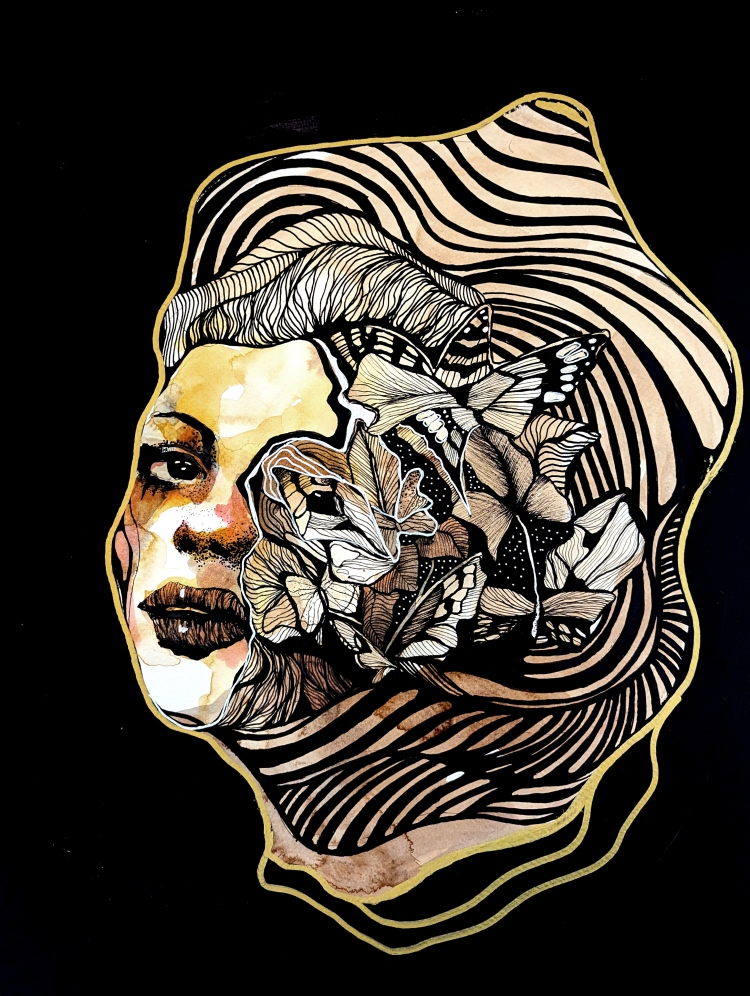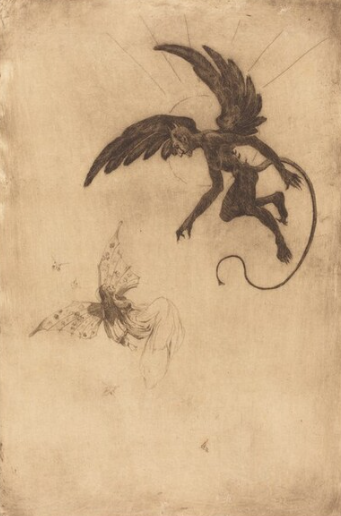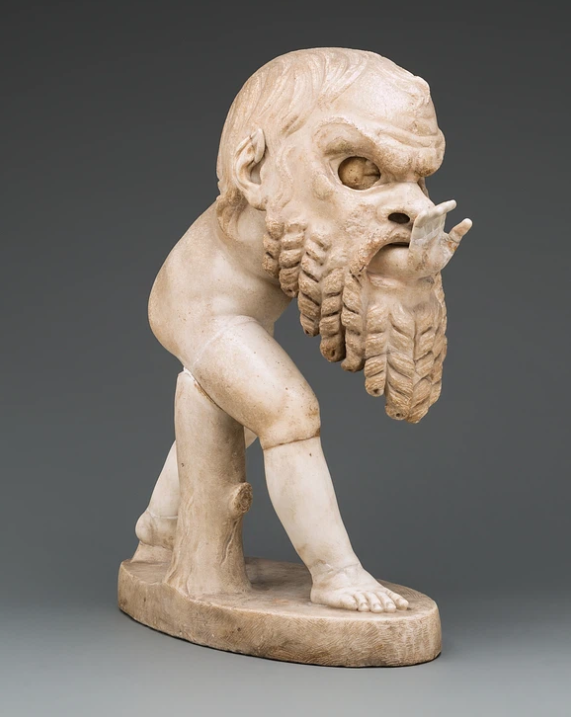First Card I want to introduce you to is named
“Unleashing the Fae”: Unleash your inner genius, swim upstream.
About Fae
The Fae are mythical creatures associated with Irish folklore, often seen as playful and mischievous but also wise.

Mysterious and Magical: The Fae Folk
The Fae, often described as ethereal beings from another realm, hold a captivating place in mythology. Known by many names, with “fairy” being the most common, they hail from Fairyland, a hidden dimension shrouded in magic.
A Force of Mischief and Mystery
Fae are notorious for their mischievous and sometimes harmful pranks. Their playful trickery can range from petty thievery and harmless pranks to leading travelers astray or even kidnapping. They’ve been blamed for everything from sick livestock to near-drownings, and some even believe they can be deadly when angered.
Origins Shrouded in Time
The true origins of the Fae remain a captivating mystery. Some tales suggest the Fae were created from stardust, acting as assistants or servants who helped maintain and nurture the natural world.
Fae can also be beautiful or grotesque, depending on the story. They can appear in different forms and shapes.
There are different types of Fae like for example
- Fastachee, In Native American mythology, the Fastachee is a small dwarf known as the “Little Giver”, who provides corn and medicine. (Wikipedia)
- Aziza – Friendly African fairy
- Meliae (also called Meliads) from Greek mythology, were usually considered to be the nymphs of the ash tree, whose name they shared. (Wikipedia)

The Devil and the Fairy 1893
- Leprechaun,is a diminutive supernatural being in Irish folklore, classed by some as a type of solitary fairy (Wikipedia)
- Faun – Roman Nature spirit,
- Peri – Desert spirit
- Puka or púca (Irish for spirit/ghost), puca (Old English for goblin) is a creature of Celtic, English, and Channel Islands folklore. Considered to be bringers both of good and bad fortune, they could help or hinder rural and marine communities.
- Rusalka In Slavic folklore, the rusalka, is a typically feminine entity, often malicious toward mankind and frequently associated with water

- Satyr – Greek Nature spirit
- Samodiva – Slavic fairy
- Banshee: Known for their mournful wails, banshees are said to herald the death of a loved one
And many, many more…
Here I would like to focus on Rusalka and Banshee.
Rusalka which is ingrained in my Slavic heart, while Banshee is embraced in my home, Ireland.

The Rusalka, Slavic lake spirits, vary wildly by region. Danube’s Vile are enchanting beauties who lure men with song. In contrast, Northern Rusalka are vengeful, grotesque figures who prey on humans. Despite their differences, all Rusalka share a love of luring men, a reminder of the dangers hidden beneath beauty and near water.
Rusalka has been inspiration for Dvorak Opera
“Dvořák’s best-loved opera is one of the most successful ever written by a Czech composer and the only one of his operas to be regularly performed outside of the Czech Republic today. It’s a dark fairytale that follows Rusalka, a water nymph, as she falls in love with a human prince and makes a deal with an evil witch in order to become part of his world, exchanging her beautiful voice for the gift of legs” (www.eif.co.uk)
In Irish and other Celtic folklore, the Banshee, also known as the “woman of the fairies,” holds a significant position as a harbinger of death. Her sorrowful cries, referred to as keening, are eerie wails or lamentations thought to forewarn the impending death of a family member within hearing distance. Notably, Irish lore dictates that the Banshee’s warnings are reserved exclusively for families of pure Gaelic descent, lending these spectral encounters a deep sense of cultural and ancestral importance.

The eerie wail of the Banshee sparks numerous tales, and movies like “The Cry of the Banshee.” 1970 Directed by Gordon Hessler
“The film is set in Elizabethan England. Lord Edward Whitman, a wicked magistrate, presides over the trial of a young woman. Ruling that she is a witch, he has her branded, whipped through the streets, then placed in the village stocks. That night, Whitman hosts a feast at his home as his henchmen search the countryside for the killers of a sheep. Two poor teenagers are pulled into the hall. A burst of wolf-like howling from outside the walls warns that they may be “devil-marked”. area.” https://en.wikipedia.org/wiki/The_Banshees_of_Inisherin
Traditional folklore has a way of creeping under your skin, even compared to modern horror movies. These stories, often passed down orally, weave a captivating tapestry of fear and mystery. While not graphic in nature, the subtle hints and veiled threats embedded within these tales create a potent atmosphere that lingers long after the story ends.
Please share your comments, or maybe some story. Have you experienced any supernatural phenomena?
Sources:
https://mythos-and-legends.fandom.com/wiki/Fae

